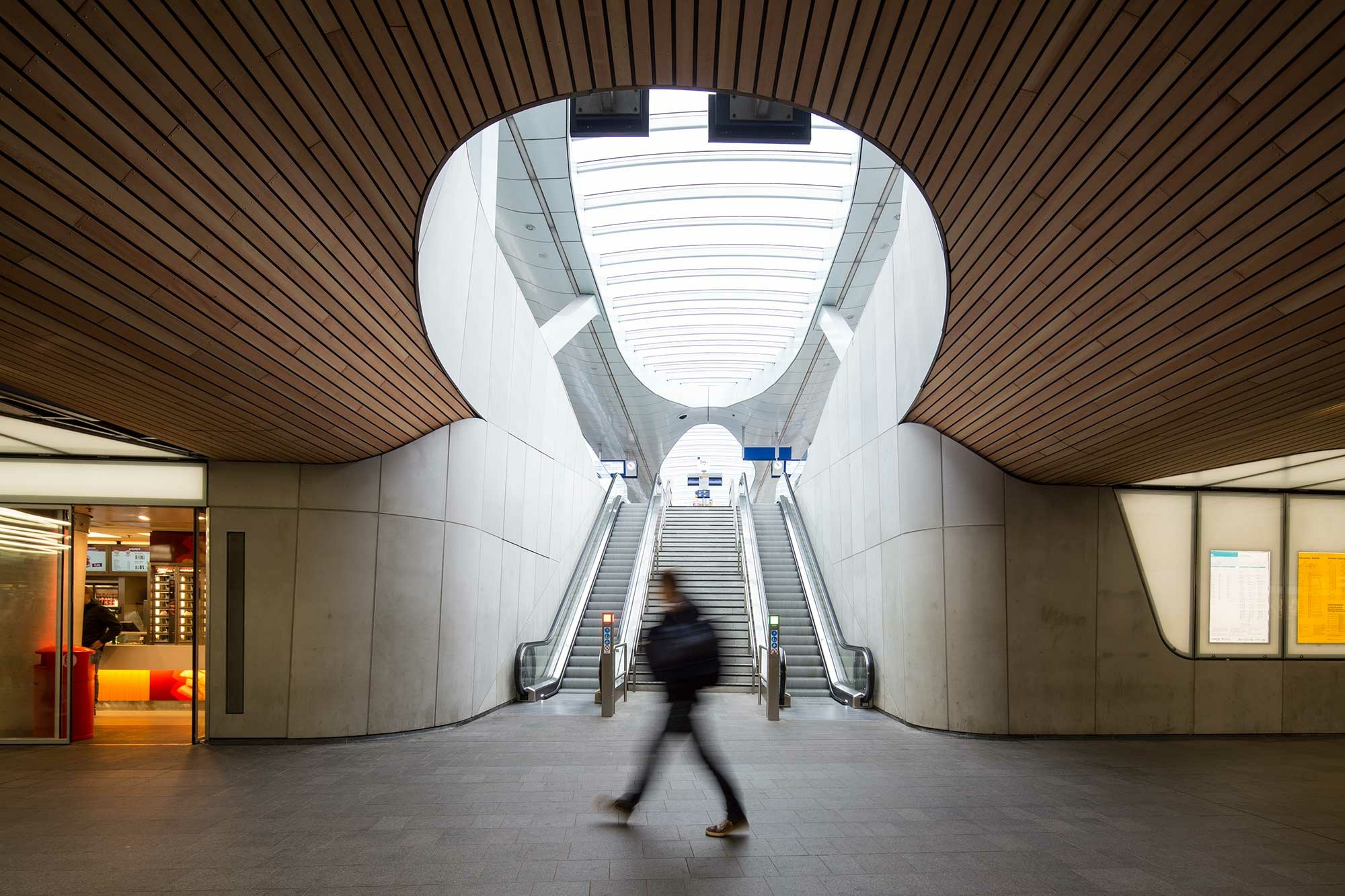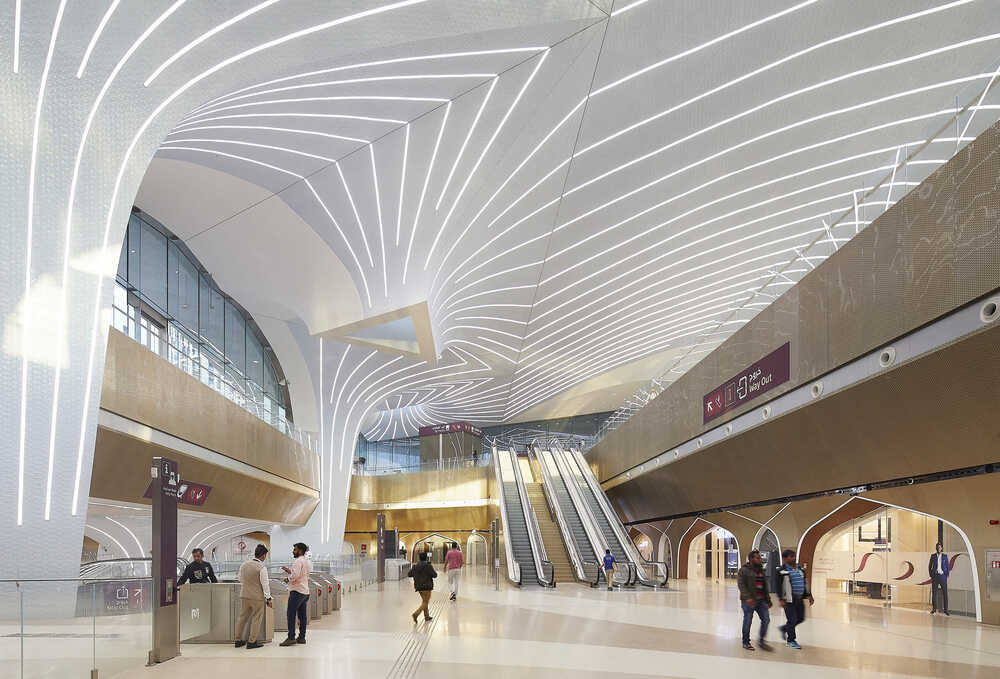Mobility hubs of the future should not solely be about transportation - and need to find creative ways to integrate ‘last mile’ solutions, panelists in UNStudio’s webinar on the future of urban and regional mobility said.
In their simplest form, “transportation hubs should be gathering places,” UNStudio’s Director and Senior Architect Arjan Dingsté stressed during the final webinar in our two-part series on the future of mobility.
“Transport hubs should be able to facilitate the old notion of the city square, next to the core function of making transport as seamless as possible,” he explained.
The special webinar, held on 24 November, explored how we can reconsider the role of transport hubs in ensuring the future resilience of our cities, and asked what steps we can take to create nodes that act as social hubs serving public functions.
Alongside Dingsté, the event featured Isabel Dedring, Global Transport Leader at Arup, and Stephan van Dijk, Director of Innovation at AMS Institute.


Future Mobility Hubs Shouldn’t Only Focus on Transport, UNStudio Webinar Hears
“The best examples of mobility hubs are where the majority of movement in that hub is not about mobility,” said Dedring, citing King’s Cross Station in London as a prime example. Here, she said, people go to dine in restaurants, visit shops, unwind at the fountains (which become an urban beach in summer), and more. Secondary to this is the fact it’s a transport hub.
Van Dijk stressed that the transport sector still hasn’t found solutions to make hubs flexible enough to fully integrate ‘last mile’ modes of transport, which are also constantly being invented thanks to innovations in technology.
“A lot of European cities […] still struggle with these new forms of shared mobility and micro-mobility,” he said, referring to autonomous vehicles as one example.
“[In Amsterdam,] we’ve been working on autonomous shipping and revitalising the existing canal infrastructure. By making ships autonomous you can make these services 24 hours. [But] if you look at cities with a lot of waterways, the connections from these kinds of new modalities to transport hubs haven’t been taken into account very explicitly yet.”
Dedring stressed that this is also to do with history and cultural expectations of our how our transport systems function.
“In transport traditionally, what we build is something that is absolutely immutable,” she said. “[But] the traditional transport solutions just simply couldn’t solve the problems we have with micro-mobility and the ‘last mile’.
“There is a really interesting opportunity right now with Covid to move towards more local movement, which will hopefully unlock the opportunity to deploy some of these new business models, new technologies, new thinking into suburban environments.
"We have to ask: how do we bring these principles of modularity, flexibility and agility into our thinking about transport and transport hubs?’”

Dingsté agreed: “the cultural aspect is very important in considering mobility solutions.”
“In Western Europe, we have a long history of mass transportation – we’ve had railways for more than 150 years. We’re used to it and we see it as a viable option,” he said. “But when we were asked to design a metro network in Qatar, we had to tackle the challenge that they are a car city and public transport is completely new for them.”
To tackle this, the team at UNStudio tapped into the idea of caravanserai, historical roadside inns that served as key gathering places along ancient trade routes (see image above).
Modularity and technology will also be key in the future of transport, the panelists concurred.
“Part of the modularity of hubs is in the digitsation of shared mobility,” said van Dijk. “Here the digital and physical worlds are merging. The hub operators have a lot of ability to adapt to the demands of users through the data they gather through apps on how people are using the hubs.”
Dedring added: “The idea of building things around what people actually want is going to be transformed through data. Data will become an enabling tool for us to start building more agile and flexible environments.
“This is moving towards a more modular approach in thinking about development, which doesn’t exist within transport yet.”
As she highlighted, it will also “challenge our monolithic idea of transport, where we think everything has to be big.”
To watch the full webinar, click here.
To watch the first webinar, which was focused on the future of airports, click here.